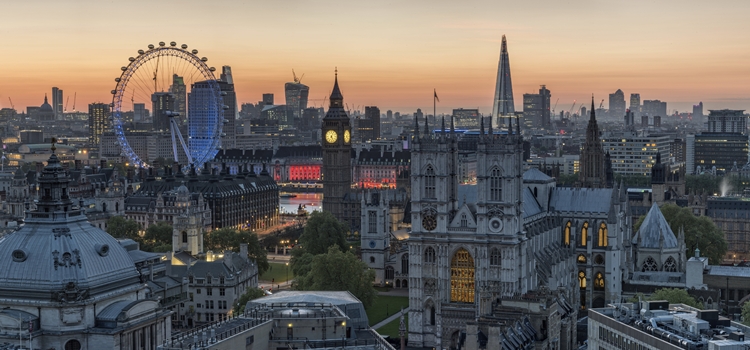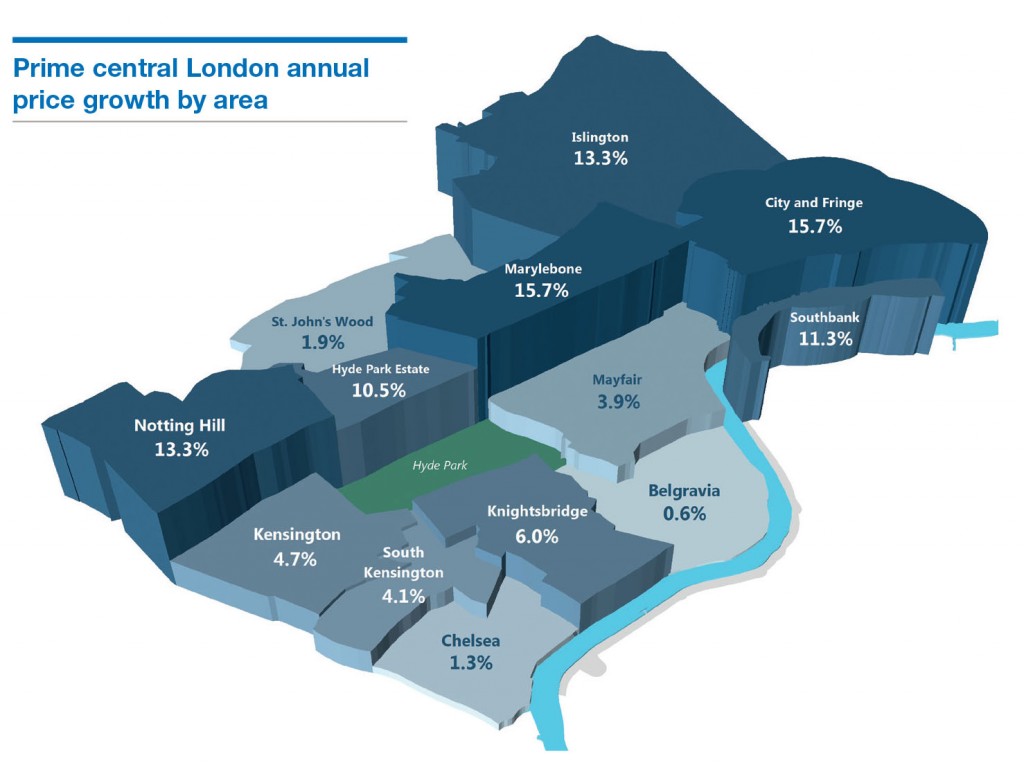 Urban living experts from all corners of the globe are in agreement about what the perfect residential design should incorporate. In addition to good public transport systems, a diverse community, and plenty of open spaces, the ideal design should also consist of density and scale, a strong local economy, cultural assets, and a mixed use of land.
Urban living experts from all corners of the globe are in agreement about what the perfect residential design should incorporate. In addition to good public transport systems, a diverse community, and plenty of open spaces, the ideal design should also consist of density and scale, a strong local economy, cultural assets, and a mixed use of land.
After reclaiming the crown from Knightsbridge, Mayfair is once again London’s premier residential address and comprises each of the desired components of the model residential blueprint. Providing an equal balance of land use between retail, residential, and business, and maintaining a high quality of life from the robust local economy, Mayfair offers a sophisticated neighbourhood to the affluent community, with the finest of everything.
Home to several global hotspots, the luxurious Mayfair boasts award-winning dining establishments on almost every street, a vibrant and exciting culture, and some of the best fashion brands in the world across the famous shopping districts. Bond Street is one of the most famous locations for shopping in the world, attracting globe-trotters and locals alike. Shoppers can purchase their luxury items from over 66 percent of the world’s best designer labels available in the area. Competition is high amongst brands looking to raise their presence on the high street, leading to an increased footfall, a rise in rental prices and an expansion of the luxury shopping district of Dover Street and Albermarle Street.
Luxury shopping isn’t the only activity attracting people to prime central London, with the prominent West End theatre district providing culture and world-class entertainment. The West End welcomes over 200 million visitors a year and has an annual economy worth £22 billion. Collectively, bars, restaurants, shops, and hotels in the area make up only 50 percent of this value, and theatre revenue makes up a significant portion of the second half.

A ROBUST LOCAL ECONOMY IS ESSENTIAL
Recent findings in a report by exclusive real estate agent from Wetherellshow that prime central London residents spend twice as much in the luxury shopping district and the West End as non-local visitors to the area. The report is supported by statistics provided by property market experts EGI and Dataloft, and Westminster City Council. This data revealed that households in property worth £15 million and above spend approximately £4.5 million in London every year, and those in properties valued less than £15 million, but over £5 million, spend an average £2.75 million a year. The majority of the annual expenditure of these households goes on home improvements and design, with an allocated budget of £2,700,000, of which £750,000 goes towards artwork and £4,500 on flowers. Clothing is the second highest expense in the annual budget at £644,000; double the amount tourists spend on clothing and accessories in prime central London.
Household staff and professionals in legal and publicity services each have a high sum of money devoted to them each year, at £325,000 and £300,000 respectively. Once the essentials have been taken care of, the wealthy residents of Mayfair spend about £137,000 on food and entertainment annually, with an abundant £72,000 on champagne and fine wines alone and dining out, of which inhabitants of the affluent neighbourhood do an average four times a week. Lastly, about £100,000 goes on cosmetic and medical procedures each year, made all the more accessible with the prestigious Harley Street in the vicinity.
NO1 ADDRESS IN PRIME CENTRAL LONDON UNDERGOES A SIGNIFICANT CHANGE
The lavish spending of residents in the area is now being rewarded with a well-deserved transformation. Mayfair has been under a development restriction for many decades, allowing for only 30 new properties to be built each year. However, it is now time for substantial changes to be made, with eight deluxe property developments underway and an additional 21 proposed constructions to be developed over the next five years. This transformation will be a major and very welcome challenge for the neighbourhood in order to meet the demand for new, luxury properties with the latest design and technology, but also to preserve the culture and heritage of the area.
Learn more
Investing in property overseas can deliver great financial rewards through capital growth and rental income. Whether you’re keeping an eye out for ...
With so many deals on offer, Britain has become the perfect weekend destination for those looking to relax and keep the heat at bay on a weekend g ...
The new Bluewaters Island in Dubai is an island style urban living lifestyle situated just off the coast of Jumeirah Beach Residence. It offers th ...
Millions of travelers and residents visit Dubai Holding’s Madinat Jumeirah for its rich Arabic heritage, ambiance, and location. Within the dynami ...
Everyone looking for a new office imagines setting up in an exclusive neighborhood in an expensive city such as London. But when it comes to prior ...







